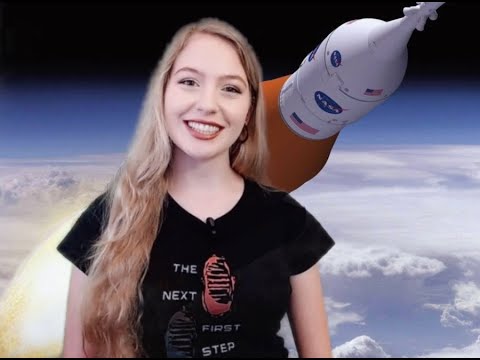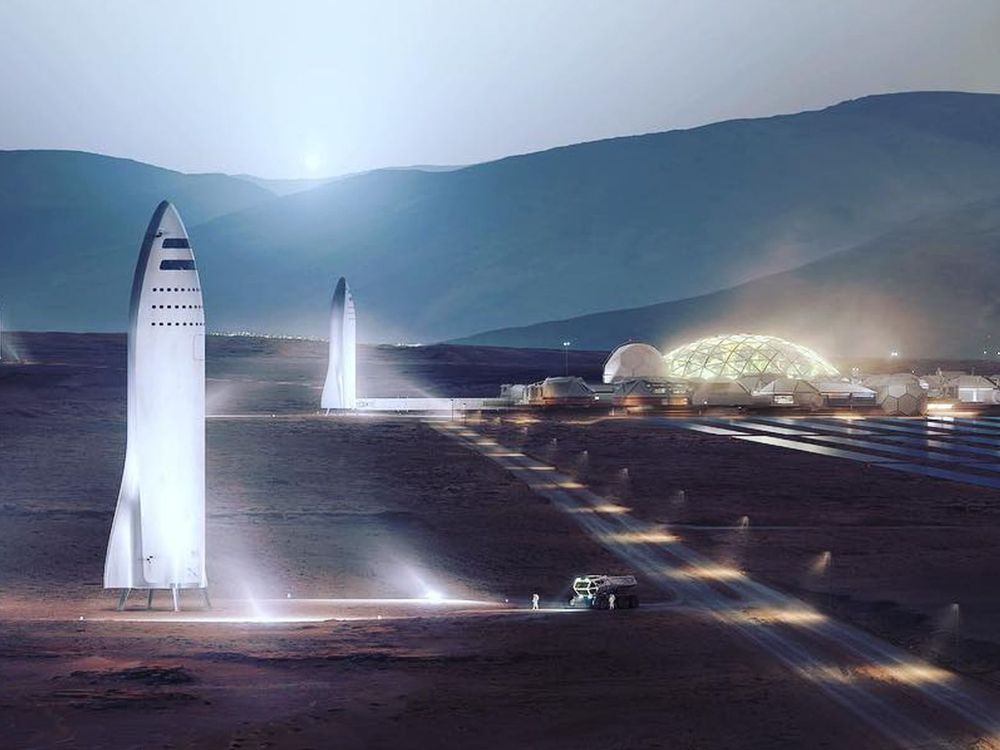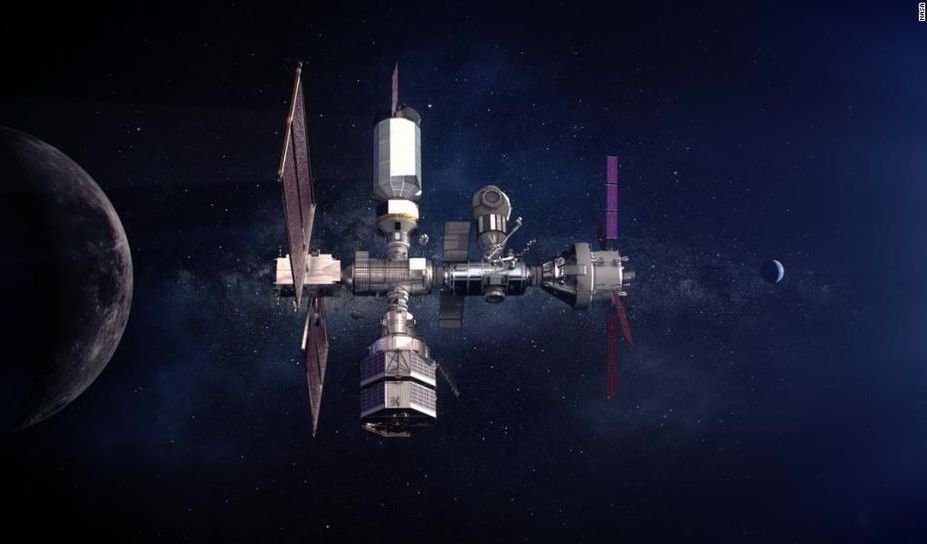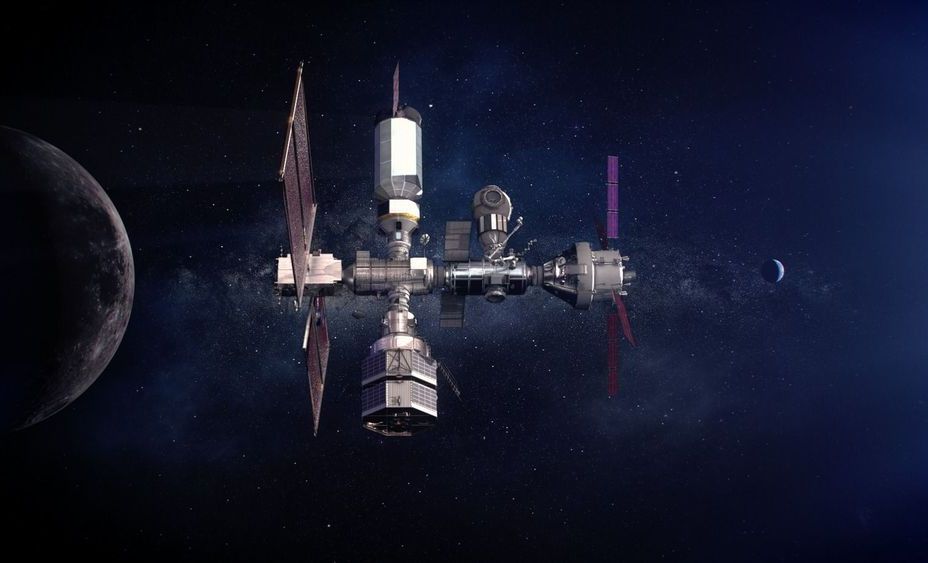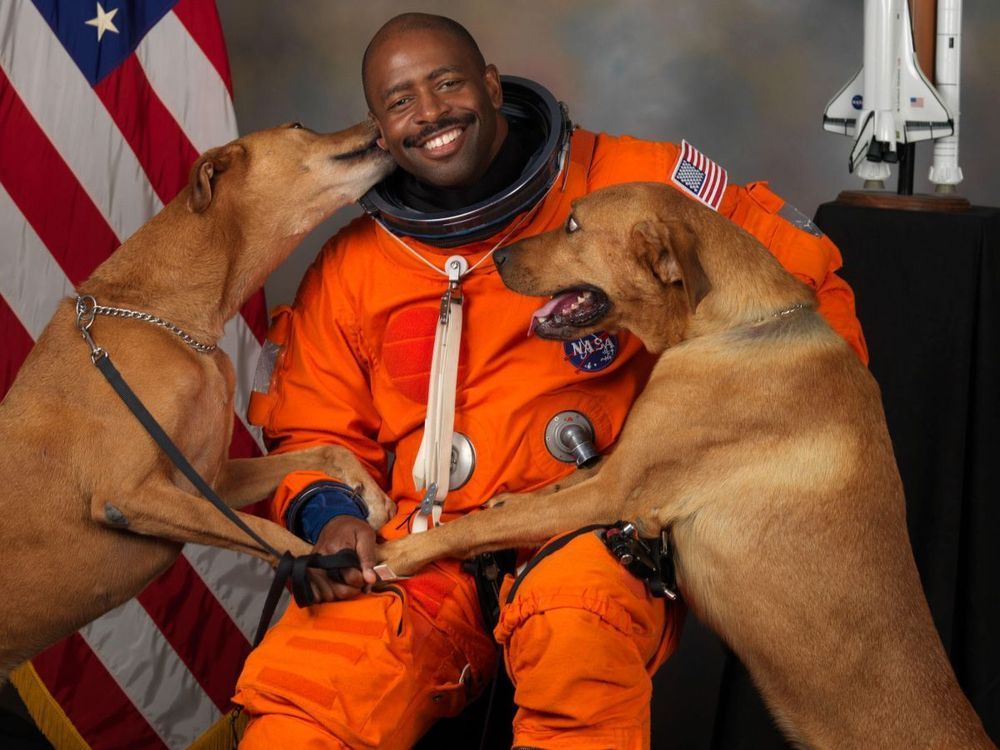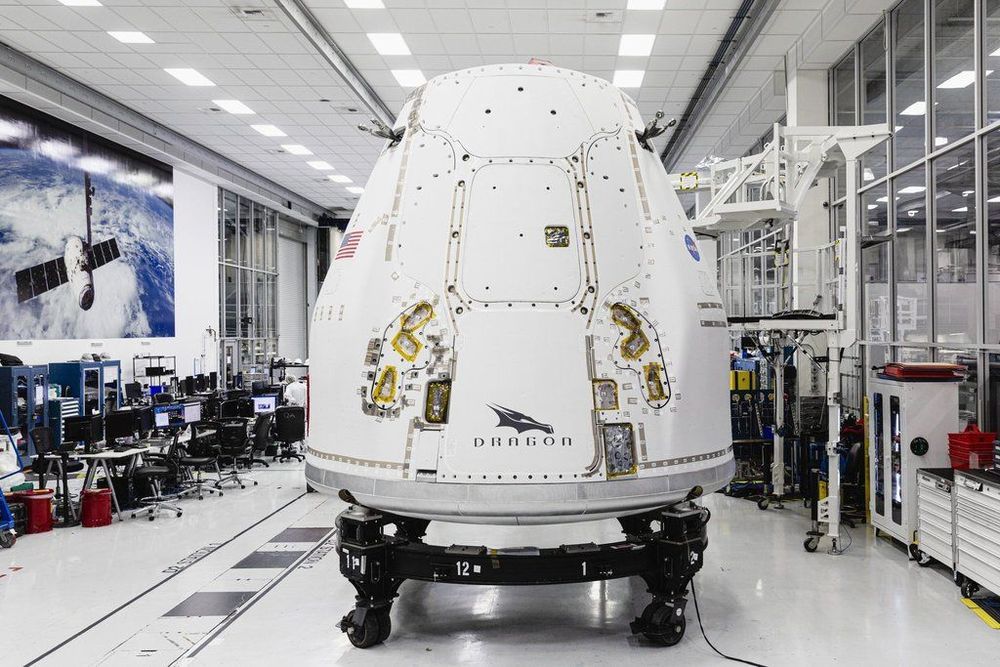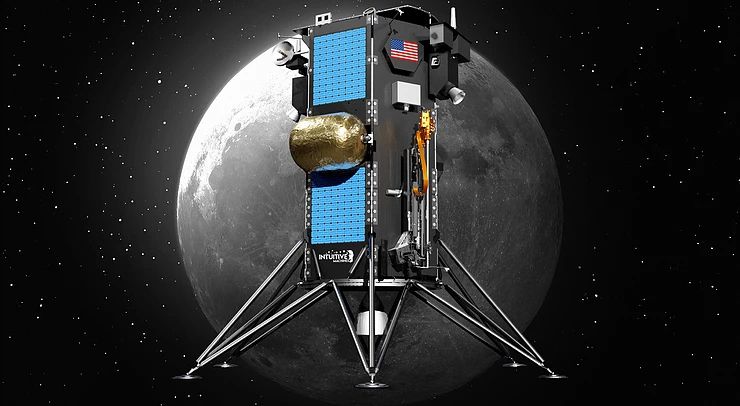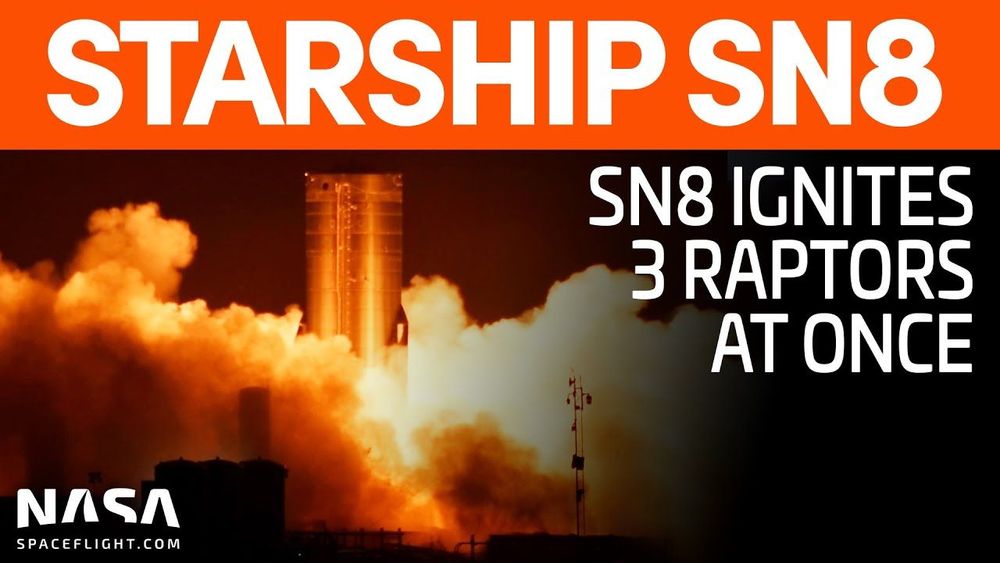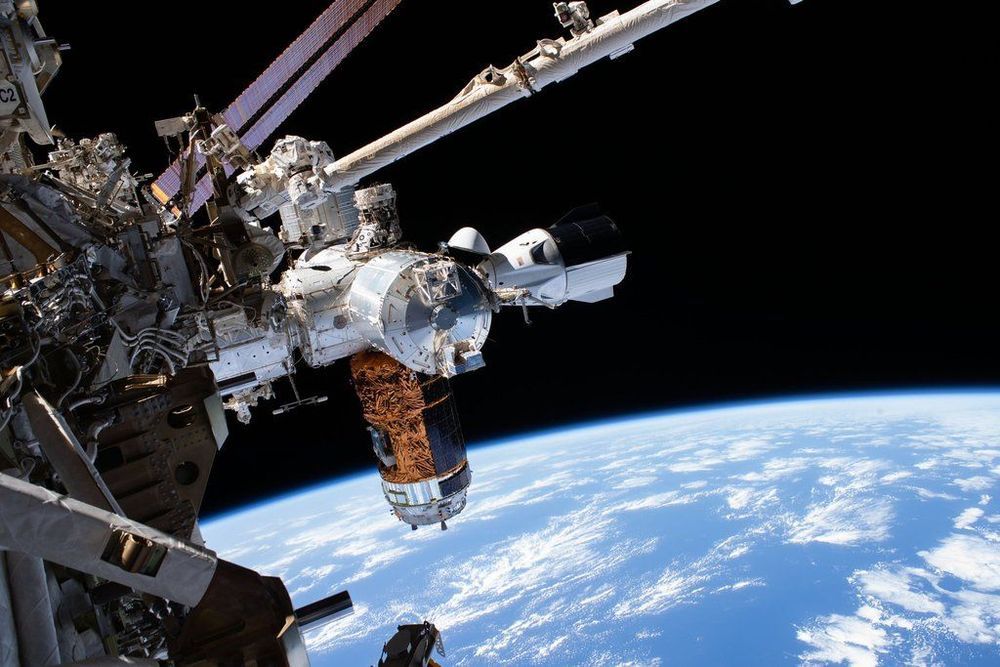Since the last manned landing in 1972, no humans have been back to the Moon. Now, NASA plans to change all that with Artemis, which aims to land the next man and the first woman on the lunar surface by 2024.
The Artemis program will take place in stages, from testing the spacecraft that will carry astronauts to the Moon to building Gateway, a space station in lunar orbit to serve as a midway point for long-term missions. Future astronauts will explore regions of the Moon humans have never visited, including its south pole, where water ice hides in shadowed craters.
In this episode of Infinity & Beyond, host Abigail Bollenbach takes you through the next space race to the Moon, Mars, and beyond.
Stay up-to-date on the latest space and astronomy news at https://astronomy.com/news. And make sure to follow us on Facebook (https://www.facebook.com/AstronomyMagazine), Instagram (https://www.instagram.com/astronomy.magazine/), and Twitter (https://twitter.com/AstronomyMag).
